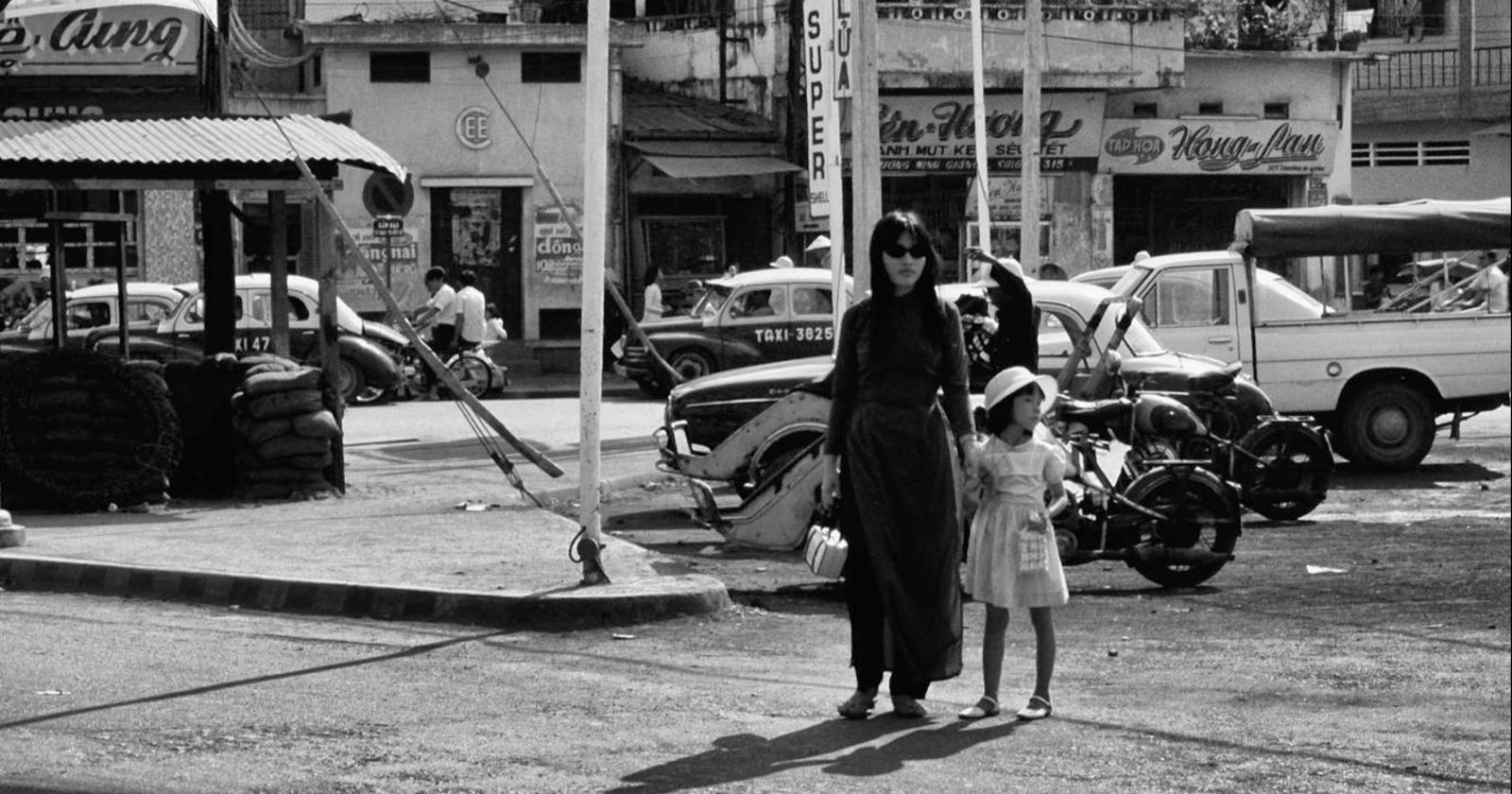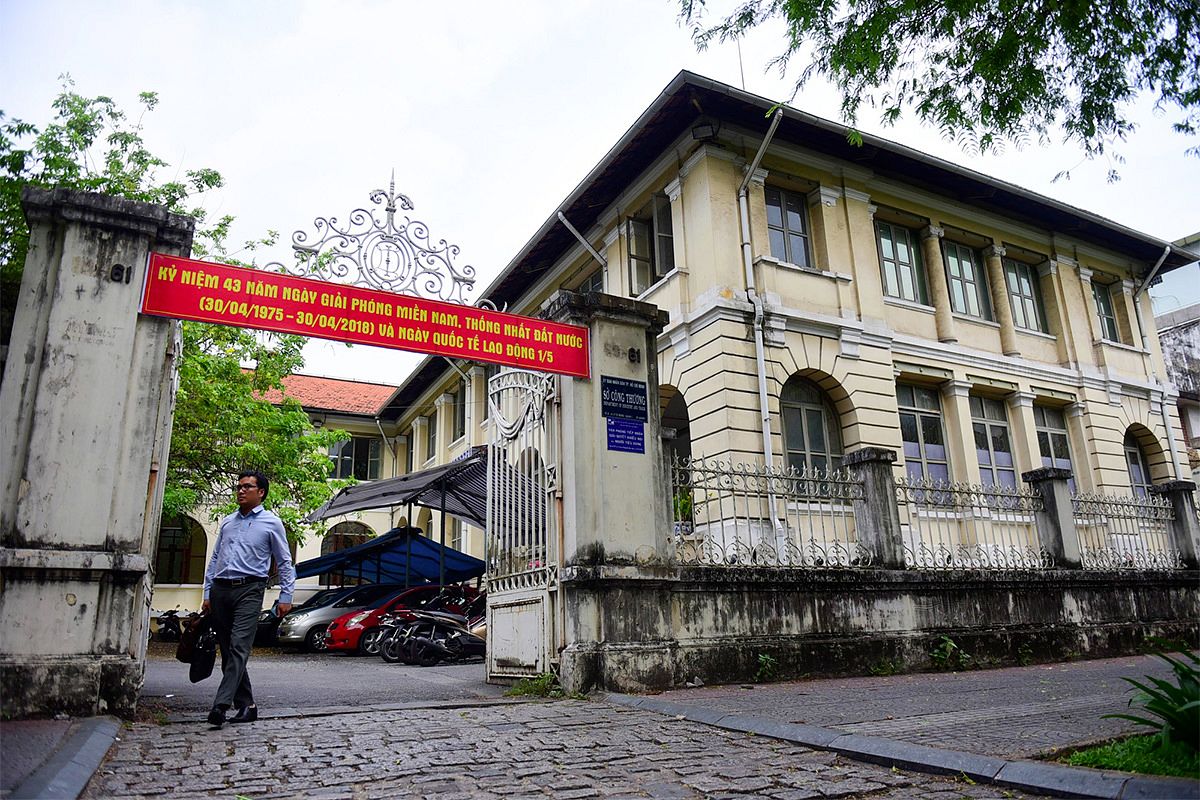Few people remember seeing with their own eyes the facade of the building at the site of the former Independence Palace, let alone its interior.
In today’s Saigon, the Independence Palace is best-known as a sleepy tourist attraction, nestled in the middle of a green oasis in District 1. While the building’s current interior seems surprisingly modest for the title “palace,” not many know that the current structure is completely different than the one built in the late 19th century, which was indeed an exercise in ostentatious opulence built to satisfy indulgent colonial tastes.
The photos in this collection show the original Independence Palace’s inside furnishings throughout the 1920s, when it was known by the name Norodom Palace, after the then-king of Cambodia. From elaborate columns to detailed carpets to elegant chandeliers, the inside of the palace reflected the original architect’s neo-Baroque influence.

The February 23, 1884 issue of France's Le Monde illustrée featuring the completed palace.
As the French colonial empire extended its control in Southeast Asia, it desired a permanent headquarters. Thus, on February 23, 1868, Admiral-Governor Pierre-Paul de la Grandiere laid the first stone on the site of a new colonial government in Saigon, according to historian Tim Doling.
Beaux arts-trained architect Georges l’Hermitte was tasked with designing the massive Palais du Gouvernement-General, as it was known during the time of its first resident, Admiral-Governor Dupre, in 1873. The palace’s time as a residential building was short-lived, however, as subsequent political reshufflings turned it into a ceremonial venue and seasonal office for the Governor-General — who was then based in Hanoi — whenever he visited the southern city.

The front of the palace as seen from the street.
Governor-General Paul Doumer wrote in his journal in 1905: “When we arrived there in 1897, the palace felt like it was abandoned since it had been left for 10 years. This was because the Governor-General, always based in Tonkin which he administered, no longer lived in Cochinchina other than by exception, in passing and for just a few days.”

An ariel view of the palace surrounded by its spacious grounds.
Flash-forward a few decades to 1962, when Norodom Palace was heavily bombed by two AD6 aircraft. The remaining structure was eventually demolished altogether to make room for the modern version we know today as Independence Palace.
Not surprisingly, the interior decor of the building reflected the French flourishes visiting movers and shakers would expect. From imported fabrics to furniture crafted with the finest local materials, few expenses were spared. Have a tour of the inside of the luxurious Norodom Palace in its heyday below:

The entry hall behind the front doors.

Bedroom prepared for a guest.

An oddly small table for the very spacious dinning room.

An additional bedroom.

The reception room.

A wide, open-air corridor.

A large lacquer boat placed atop the main staircase.

A gazebo on the palace grounds.

The largest of the palace's living rooms.

Reception room from another angle.

A smaller living room.

A lounge area in the lobby.

The main office in the palace.
[Photos via Flickr user manhhai]















